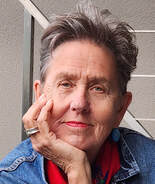
Superannuation is mine as of right, simply because I am lucky enough to be a New Zealand citizen and I’ve survived to the age of 65. Although I have been marking the months off my calendar for at least six months, this fact still seems so unlikely and preposterous, that I can hardly believe it. What a miracle! What a blessing!
In my fifties, when the stresses of a well-paid corporate job literally made me sick, I made the decision to become self-employed. In so doing, I left what economist Guy Standing from the University of London, terms the “salariat”, the class which, for the moment at least, enjoys stable, high-income, full-time employment, to join the class which doesn’t. This class, is what Standling calls the “precariat”, whose working lives are characterised by unpredictability and insecurity.
I had never heard of Standling’s theory back when I walked away from my corporate job, but it didn’t take me long to recognise that I had exchanged one kind of stress for another. I had swapped the life-sapping stress of a secure job - dress codes, senseless policies, endless meetings, unrealistic performance targets, an office bully - for the stresses of financial insecurity. It’s not a choice I regret, although when freelance writing work dried up for a while and I scrambled to find alternative employment, the days of a regular, predictable pay packet, sick leave and paid holidays, shimmered in memory like a long-lost Eldorado.

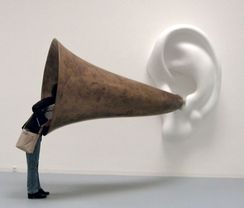
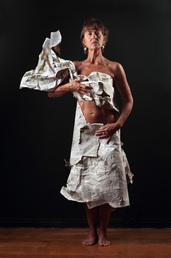
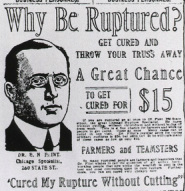
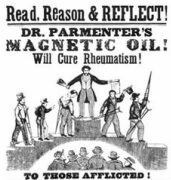
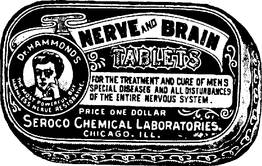
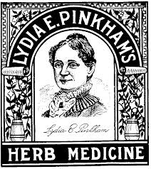

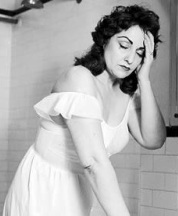
 RSS Feed
RSS Feed
